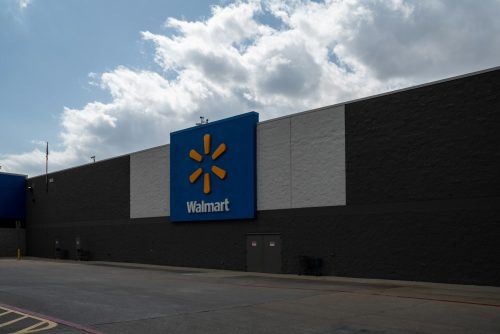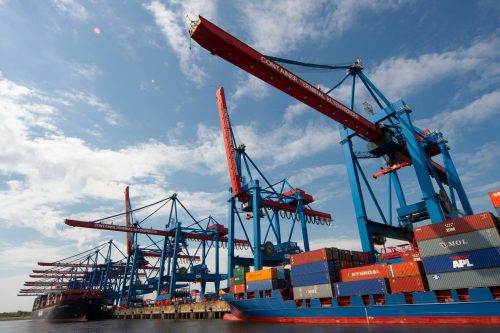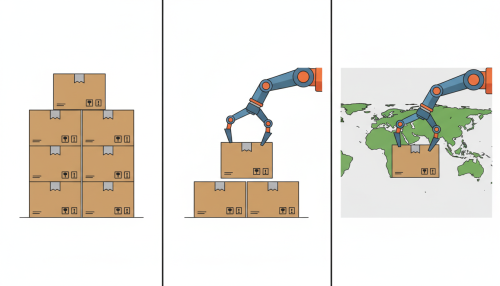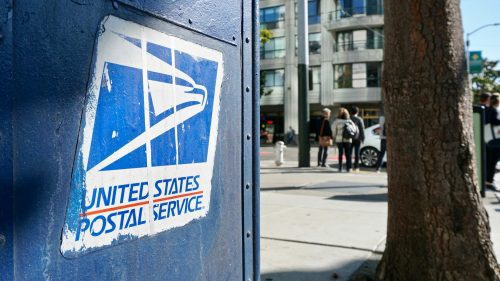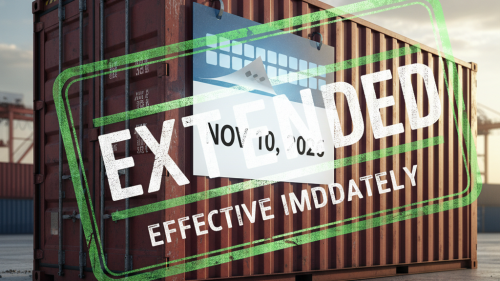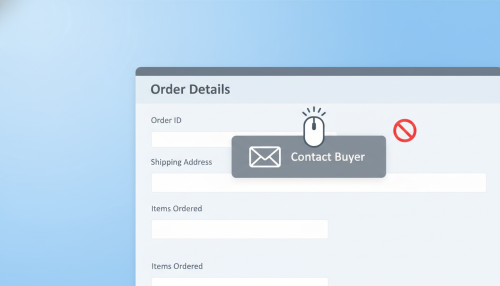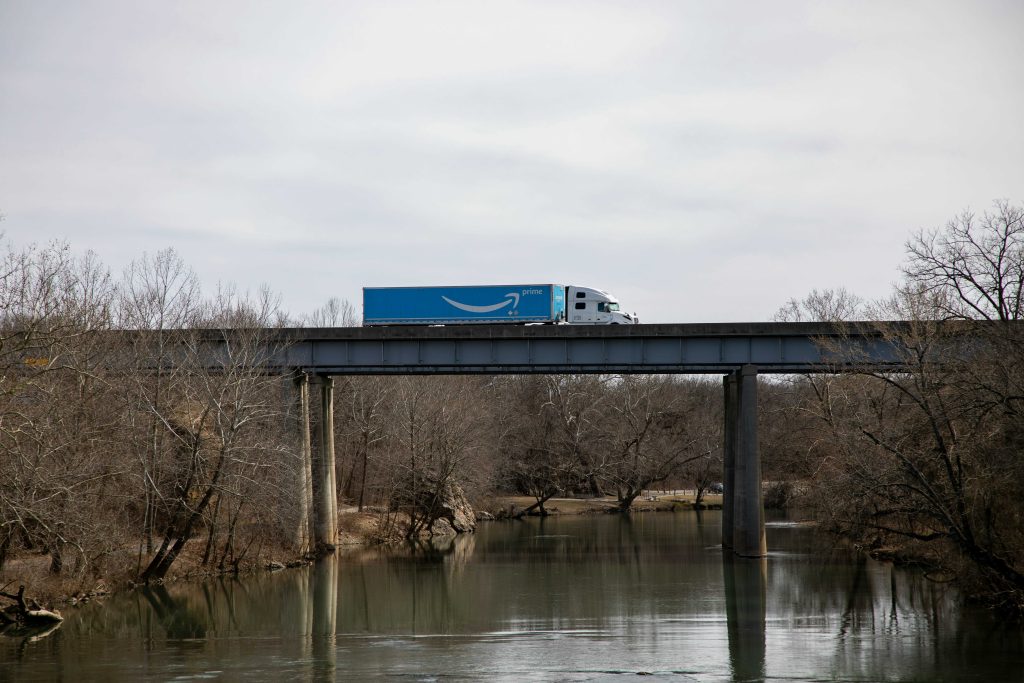
The adage 'New year, new beginnings' may resonate somewhat differently for Amazon sellers this year. Just as they were beginning to comprehend the adjustments to the "inbound configuration fee," they now face another set of changes - this time, to Amazon's "coupon" feature. Following the introduction of new coupon regulations on Amazon's French site, the US site has confirmed a similar path, presenting a fresh challenge for sellers.
Amazon's US site declared that in a bid to enhance the sales experience for sellers, new coupon rules will be implemented starting March 12th. These rules introduce new pricing constraints for coupons.
As per the details released by Amazon, coupons must meet two criteria. If a product's price or discount does not meet the following prerequisites, the product will not be eligible for a coupon until all conditions are met:
Coupons must offer a discount percentage that lies within the minimum (5%) and maximum (50%) discount range.
The product must have a sales history to be eligible for a coupon, and the promotional price should be lower than its "historical sales price" or the most recent lowest price.
If a product's price or discount does not meet these new stipulations, sellers will not be able to successfully create a coupon. It has been reported that sellers may receive three types of notifications about coupon errors:
- Issues related to price history
- Need to increase the discount rate
- Issues related to minimum/maximum discount
In response to these error messages, sellers may take the following actions:
- Product price history issue: The ASIN must have a sales record to set up a coupon. Sellers can establish a sales history record by selling more products, thereby generating a "historical sales price."
- Increase the discount: Ensure the discount price is lower than the product's "historical sales price" or the most recent lowest price.
- Minimum/maximum discount issue: Update the coupon discount percentage so that it is between the minimum discount (5%) and the maximum discount (50%).
The key takeaways from these changes are:
- New products cannot immediately use coupons after listing; they must first have a sales record. This is not conducive to promoting new products, increasing the difficulty for sellers.
- Amazon requires sellers to price lower than the system's recent lowest price, otherwise the coupon will be invalid.
- When providing an additional discount, the next coupon discount must follow the historical discount price. The platform restricts sellers from raising prices to increase the size of the coupon, to maintain market price stability.
- The status of coupons is the same as Lightning Deals (LD) and Best Deals (BD), which are promotional activities. However, it seems that traffic support may not be as much as these activities.
The platform's new policy will undoubtedly affect sellers' operational methods. It is not difficult to see that the important purpose of Amazon's adjustment of coupon rules is to combat the operation method of "price increase + large coupons"!
Some sellers believe that if the pricing is not raised, coupons will not be fun in the future.
In addition, some sellers question: Does the implementation of this policy mean to let sellers leave the Amazon platform?
Not long ago, Amazon's France site announced the implementation of new coupon rules. Now the US site has confirmed its follow-up actions, and it is expected that other sites will follow in the future. This news is undoubtedly a thunderbolt for most Amazon sellers.
Starting from February 26th, Amazon's France site has been required to comply with new coupon pricing requirements. The relevant regulations are almost no different from the US.
According to an analysis posted by a peer in the "Knowledge Without Words" community, the new rules on the France site have a wide range of impacts.
The price after the coupon must be 2.5% lower than the lowest price in the near 30 days (each time it must drop by 2.5%); if the original price is higher than the reference price, the coupon will also fail to create.
If there is a BD activity in France in the near 30 days, it also requires a 5% lower price than the last activity.
The price submitted by French members must also be lower than the reference price within the near 30 days.
This peer also commented that if the policy is always like this, sellers can directly reduce the price and do no activities.
It is not difficult to see that on the one hand, the new coupon rules make it more difficult to promote new products. Normally, if a new product wants to quickly enter the market and increase product exposure, sellers often choose to set some discount benefits to attract traffic. But now under the constraints of the new regulations, new products cannot report coupons, and promotion may only rely on advertising. On the other hand, the profits of old products are also impacted by the new regulations.
Obviously, under the new coupon rules, the profit space of goods will be further squeezed, and cross-border business will become more difficult. Sellers have to survive in the cracks.
If coupons cannot be freely adjusted, sellers have only one way left, which is to roll prices.
At present, the policy of the US site has not officially started to implement, and sellers are watching its changes.

